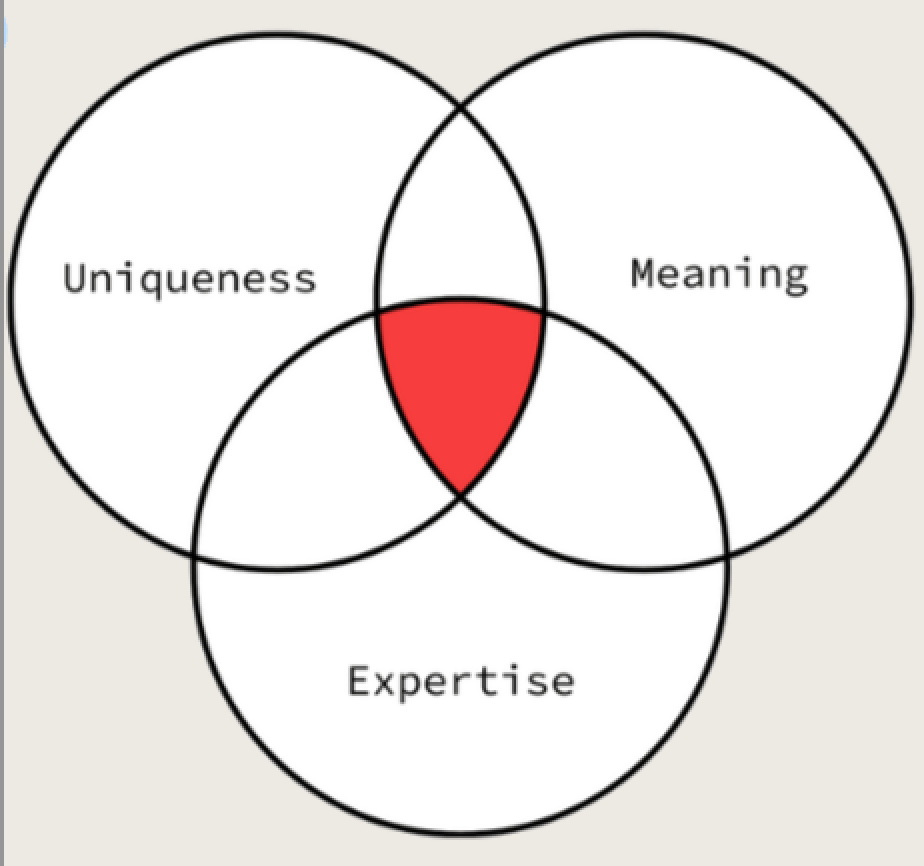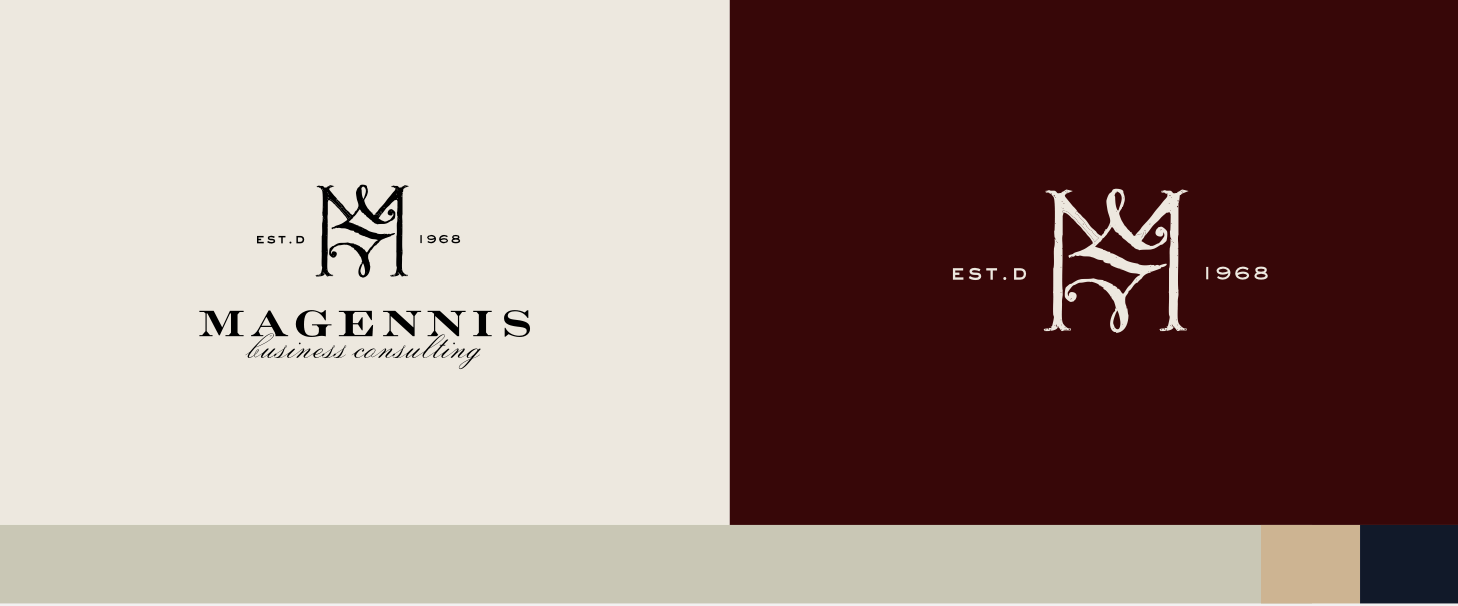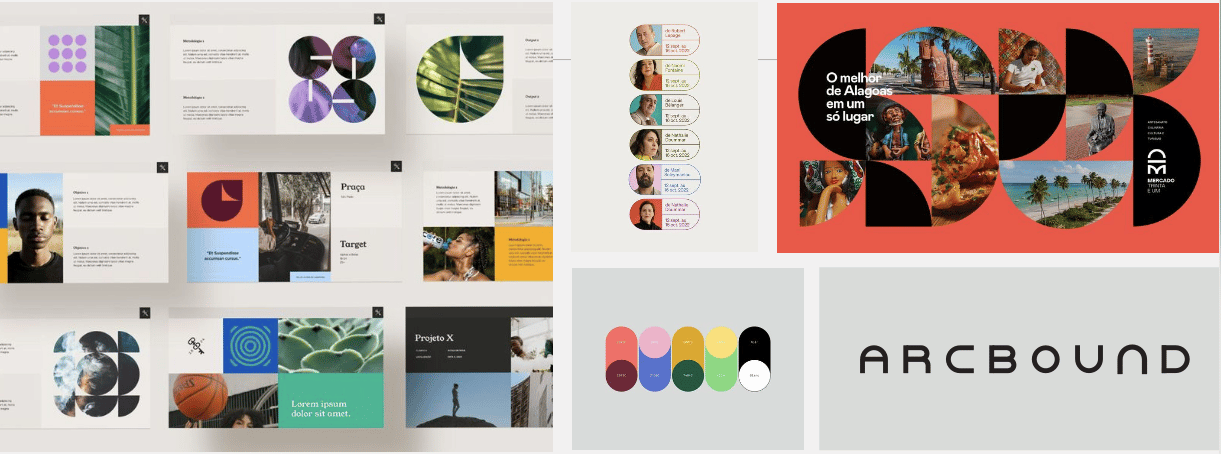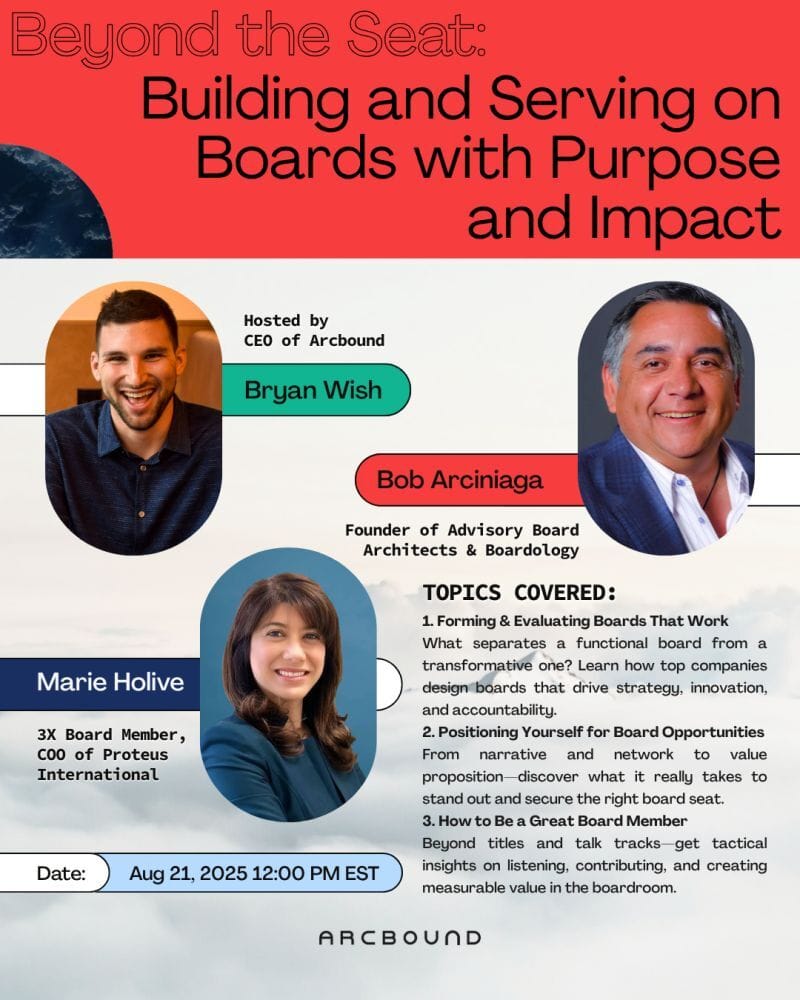- Arcbound
- Posts
- The Brand System
The Brand System
I never thought I’d share this 🤫
Storytime.
Nine years ago, I sat alone at my kitchen counter and asked:
What does it really take to build a personal brand?
Not just content.
A system. A blueprint.
Then came the bigger question:
Could we make it repeatable—for anyone?
I had no idea how steep the climb would be.
But I’m glad I “jumped”.
I’ve learned:
Great brands feel effortless.
But behind the curtain? A clear, intentional engine.
At Arcbound, we built that engine.
Now we’re sharing it.
It’s strategic. It is starting to really scale.
And . . . It works.
Steal it. Use it. Make it yours.
PS, last week, in case you missed it, we shared our relationship system. Next week, we’ll unveil another playbook.
Step 1: Define — Your Ownable Message
What:
Your brand starts with clarity—finding the one message only you can own.
How:
Through our structured Arc Launch discovery process, we help uncover your core identity by exploring three dimensions:
Discovery Questions:
Uniqueness:
What experiences shaped you most profoundly?
What distinct perspectives do you hold that others in your field do not?
What unconventional choices have defined your professional journey?
Expertise:
What results have you consistently delivered throughout your career?
What do others most frequently ask for your advice on?
If you were known for mastering one specific skill or topic, what would it be?
Meaning:
What is the deeper purpose driving your work beyond financial success?
What impact do you hope your legacy leaves?
Why does your work matter to you and to the people you serve?

Example:
For Tim Springer (1to100.com), we uncovered a powerful narrative around “the marathon of scale,” turning his deep operational expertise into a brand that resonates with growth-stage CEOs seeking structured guidance for sustainable expansion.
Step 2: Design — A Cohesive Identity System
What:
Your brand's visual and verbal identity is an extension of your strategic core. It should reflect your personality and the market positioning defined in Step 1.
How:
Our structured visual identity process translates your brand strategy into clear, actionable design principles:
Visual Identity Discovery Process:
We first take clients through our design questionnaire.
We then select identity styles based on specific brand attributes, such as:
Style 1: Dignified, Robust, Intelligent
Serif fonts, strong and grounded colors (deep blues, charcoals)
Ideal for senior executives and thought leaders who value tradition, wisdom, and authority
Example: Sean Magennis’ global leader positioning is conveyed through strong typography, understated colors, and refined visual elements.

Style 2: Charismatic, Contemporary yet Timeless
Balanced use of serif and sans-serif fonts, sophisticated yet vibrant colors (warm golds, muted blues)
Suitable for influential executives balancing innovation with established credibility
Example: Tony Lillios’ approachable yet bold presence is visually translated through conceptual visuals and high-contrast designs, evoking both authority and relatability.

Style 3: Modern, Simple, Refined
Minimalistic sans-serif fonts, neutral colors with high-impact accent tones
Perfect for forward-thinking innovators who want clarity, precision, and modernity
Example: Carrie Freeman’s identity leverages clean lines, subtle textures, and an elegant palette—reflecting her leadership philosophy of clarity and powerful simplicity.

Design Asset Outputs:
These identities inform every client deliverable, including:
A Mood Board

Personal websites with strategic layouts and clear messaging hierarchies
Social media tile templates aligned to brand personality (e.g., dignified vs. charismatic)

Email and newsletter design guidelines for consistent brand reinforcement

Video assets and speaking presentations customized to reflect unique attributes
Video:

Speaking:

This disciplined approach transforms abstract brand strategies into powerful visual communications that resonate deeply with target audiences.
Step 3: Activate — Content & Content Cadence
What:
Consistency transforms brand clarity into sustained influence. Central to that consistency is defining clear, strategic content themes that directly align with your unique message.
How:
We translate your brand’s ownable message into distinct content themes—repeatable, strategically-aligned topics—that shape all your content:
Crafting Content Themes (Methodology):
Each content theme is intentionally built around your brand’s strengths, audience needs, and unique expertise areas. For each client, we typically create 2-4 distinct themes:
Tim Springer (Operational Scale Expert):
The Marathon of Scale
Practical insights on sustained, structured growth from dorm-room startup to market leader.The Human Side of Building Hard Things
Authentic discussions on balancing founder mental health, leadership resilience, and team sustainability.
Sean Magennis (Global Connector & Leadership Advisor):
The Trust Formula
Sharing frameworks and stories on building trust-driven cultures and relationships across global organizations.Global Bridge Builder
Leveraging Sean’s international experience, highlighting insights on effective cross-cultural leadership and global collaboration.
Carrie Freeman (Transformational Leadership Advisor):
Tension as Transformation
Exploring how tension in leadership and organizational challenges can be strategically leveraged for growth and innovation.Integrated Leadership
Insights into harmonizing personal authenticity with high-performance expectations in executive roles.
Content Theme Activation & Cadence:
When we meet with clients on a recurring basis, we:
Provide prompts and ideation mapped directly to these themes
Guide them through content formats and distribution schedules (video, social, newsletters)
Repurpose Content —turning one recorded video into multiple brand-consistent posts
Impact:
Strategic themes simplify content production and ensure consistency, allowing your audience to associate you clearly and quickly with specific, memorable ideas.
What does this look like in Real Time?
Pick Your Platform and Distribute (LinkedIn, newsletters, podcasts)
Charlene Li does a fantastic job with this effort.
Notice her brand website
Notice her Linkedin Posts
Notice her Newsletter Articles
Credibility and Authority Driven Posts, Articles, etc:
Personal Narrative: We believe for people to connect with your credibility, they also need to connect with you emotionally and understand your story
Step 4: Outreach — Persona-Driven Relational System
What:
Meaningful outreach depends on precise audience targeting. Understanding exactly who you’re speaking to ensures your message resonates and converts.
How:
We define Audience Personas—detailed profiles of your ideal audiences—then tailor outreach efforts precisely to their needs, behaviors, and expectations.
Developing Audience Personas:
We create in-depth personas through strategic discovery, capturing attributes such as:
Professional background (industry, role, seniority)
Motivations (career goals, personal ambitions, fears)
Media habits (preferred channels, content formats)
Decision triggers (why they engage, buy, or connect)
Persona Examples from Client Work:
(Tech CEO Persona):
Role: Tech founder, high achiever (ENTJ), Stanford-educated, Series D startup CEO.
Motivations: Seeking deeper fulfillment beyond conventional measures of success; highly skeptical of surface-level coaching, craving genuine, thoughtful engagement.
Outreach Insight: Customized content addressing inner leadership struggles, vulnerability in executive roles, distributed via LinkedIn, podcasts, and targeted personal intros.
Persona-Driven Outreach Process:
With clearly defined personas, your outreach moves from generic messages to precisely targeted engagement:
Visibility Layer: Publish content directly relevant to persona motivations, using preferred platforms (LinkedIn, email newsletters, targeted podcasts).
Credibility Layer: Build sequences that anticipate and address persona-specific hesitations, providing content that speaks directly to their professional challenges.
Conversation Layer: Personalized outreach scripts generated from persona insights, integrated into CRM (HubSpot, Salesforce) to track response and optimize future interactions.
Impact:
Persona-driven outreach significantly increases response rates, meaningful engagements, and, ultimately, conversions—transforming your audience into loyal clients and advocates.

Step 5: Monetize — Revenue Attribution & Growth
Branding isn’t complete without clear revenue attribution. Hence, monetization isn’t just the final step—it’s embedded in every interaction from the start.
Remember, every interaction over time compounds.
How:
1:1 Outreach to people in your network
Scaled Outreach: We custom built a cold outreach system using Sales Navigator, N8N & Apollo, and other tools to identify leads, send personalized emails at scale, send connection requests, and then convert individuals to webinars, 1:1 meetings, our podcast, and onto our newsletter.
After furnishing this system the past 4 months, it booked 15+ meetings last week.
Content-to-CRM attribution (HubSpot): Track every lead (to buy your product or to hire you). Then think about the content you want to create for them
In the Future: ROI-driven analytics dashboards that will track content ⇒ outreach ⇒ dollars
From here, your brand monetization unfolds naturally into:
Enterprise Engagements
A couple years ago, through our content and outreach efforts, one of our clients secured a multi six-figure deal with Mastercard
Another one of our clients in the market research space also secured a large 6 figure deal
Another client in the legal space recently secured 3 enterprise deals
Speaking or Podcast engagements
Last year, one of our clients secured a big 5 figure gig with Siemens
Here’s How to Crack the 5 Figure Speaking Gig . . .
Strategic consulting
Products: Books and courses
If you’re curious about how to launch a book, see this presentation
If you’re curious about launching a product, see this article
Board and Advisory roles
Look no further . . . we have an event for you on this topic on Aug 21
High-ticket partnerships
Example:
At Arcbound, we’ve used this relational monetization model to scale Arcbound—connecting our LinkedIn, newsletter, podcast, speaking workshops, client consulting opportunities, advisory roles, and more.
Brand Infrastructure, Not Just Influence
When brand-building feels chaotic—ghostwriters, disconnected tools, unclear ROI—it’s because the infrastructure’s missing.
Arcbound has built this end-to-end system. Painfully. Over seven years. And now doing something pretty cool with it all.
Brand Identity, Visual Identity, Website
Podcast Division, Newsletter Machine, Social Media and Video Posts + Graphic Creation
Scalable & Personalized Outreach
So that . . . you can build greater visibility, drive trust, and sell your products and expertise with ease
Ready to Turn Your Brand Into Revenue System?
Community Notes
If you enjoyed this read, and want a live workshop on the topic, I’m presenting to the Angel Club on August 22 at 12 PM PST on this topic. Register here.
If you know someone who would benefit. from reading this newsletter, please forward this newsletter! We are getting close to surpassing the 5.5k subscriber mark and added a few hundred of you in the last couple weeks!
If you missed our last newsletter, check it out. It’s your system to build incredibly meaningful relationships
JOIN US: 62 people are registered and we are capping it at 75 🤯
